THE DARK SIDE OF THE MOON. Event Horizon of the 90’s, dark and unsettling
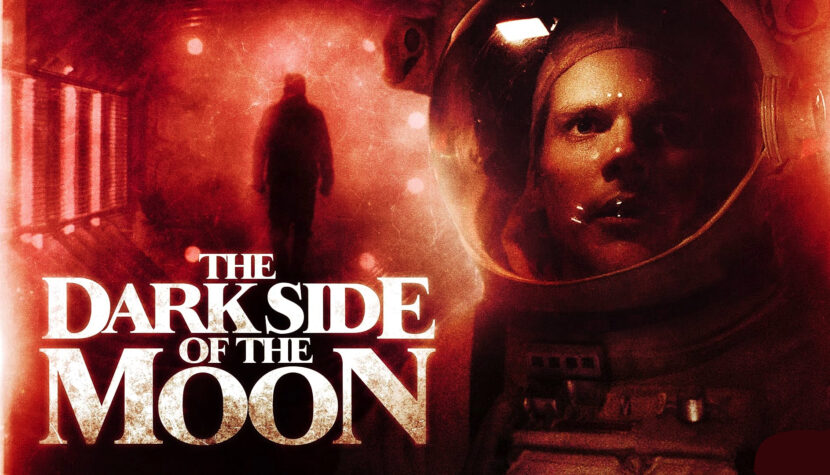
No wonder, in the era of VHS, shelves were bending under the weight of science fiction and horror, and this one didn’t even have a particularly flashy cover. It was a low-budget title without well-known names in the cast. However, the film gained favor with a certain portion of the audience; I know that many people still remember it today. I am one of its enthusiasts, but preparing for a screening after years, I expected that I would have to overlook some of the material, add two stars out of nostalgia, and painfully extract some merits of the film other than its retro atmosphere. Unnecessarily. Before you is a dark and unsettling film. And strongly retro…
The year is 2020. Spacecore 1, a spacecraft with a crew for repairing Earth satellites on board, suddenly malfunctions. Communication and the vehicle’s propulsion fail, life support systems also shut down – soon there will be no air, and the crew will freeze. However, a NASA shuttle emerges from the depths of space, from a non-existent agency. It shouldn’t be here, yet it becomes the last hope for a handful of people, albeit arousing various concerns from the beginning. The Dark Side of the Moon it is.
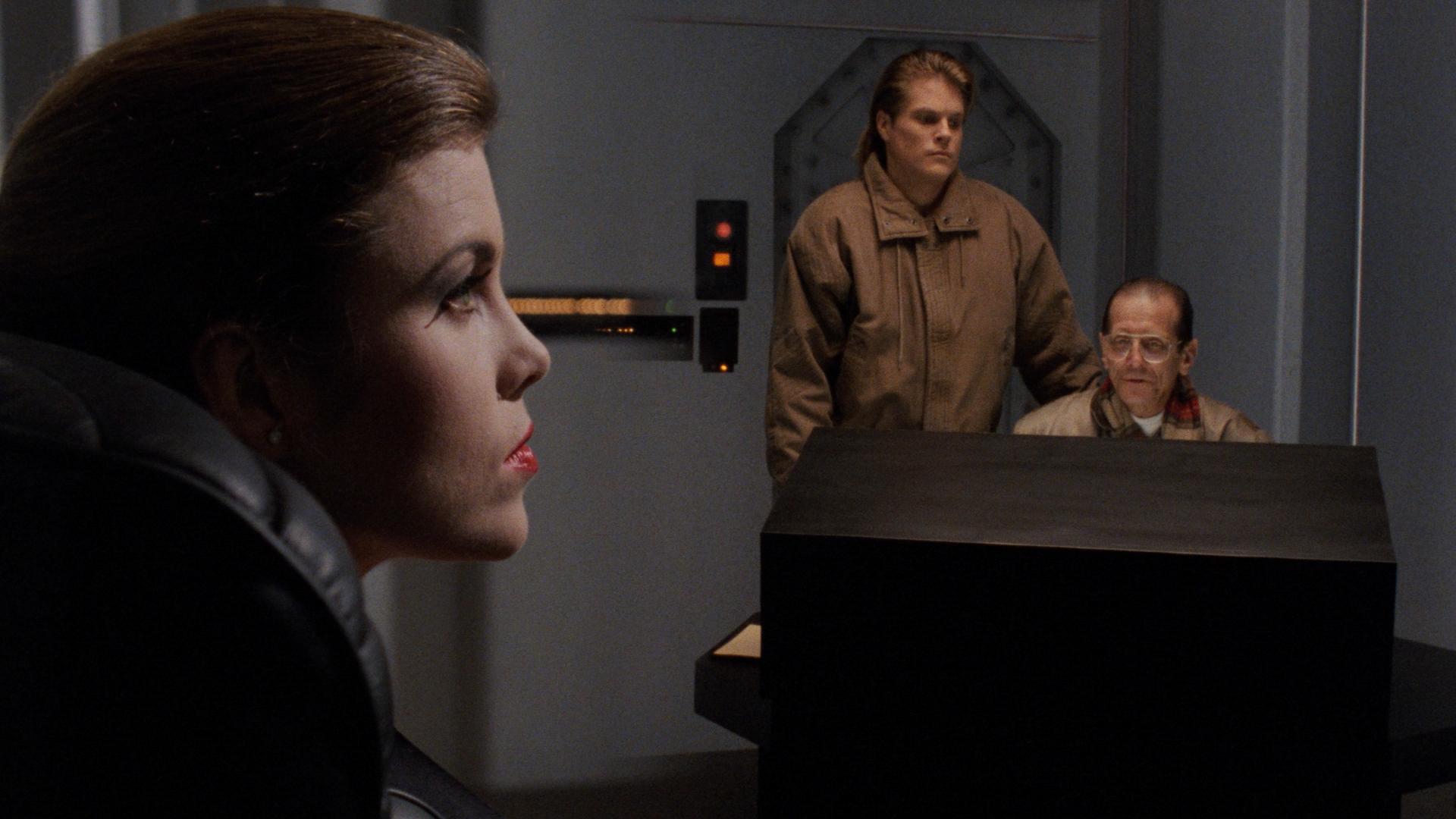
Darkness, gloom, cold. It turns out you don’t need millions to create the presence of these on the screen. In The Dark Side of the Moon his only full-length feature, D.J. Webster brought them to life on the screen very suggestively. It’s not a debut on the scale of David Fincher’s in Alien 3, but there the budget was large, and the film was supported by the successes of the previous parts. Here, the creators had little, but they cast a solid spell. First of all, the film gives a sense of being in space. Not in a studio, not in a computer, not in a world of miniatures, but in space. Secondly, it makes this space fascinatingly dangerous and mysterious. I think everyone who values the genre knows the delightful feeling when our breath is taken away because astronauts discover something… otherworldly. I experienced it several times during Webster’s film, and I felt unease from the first to the last scenes.
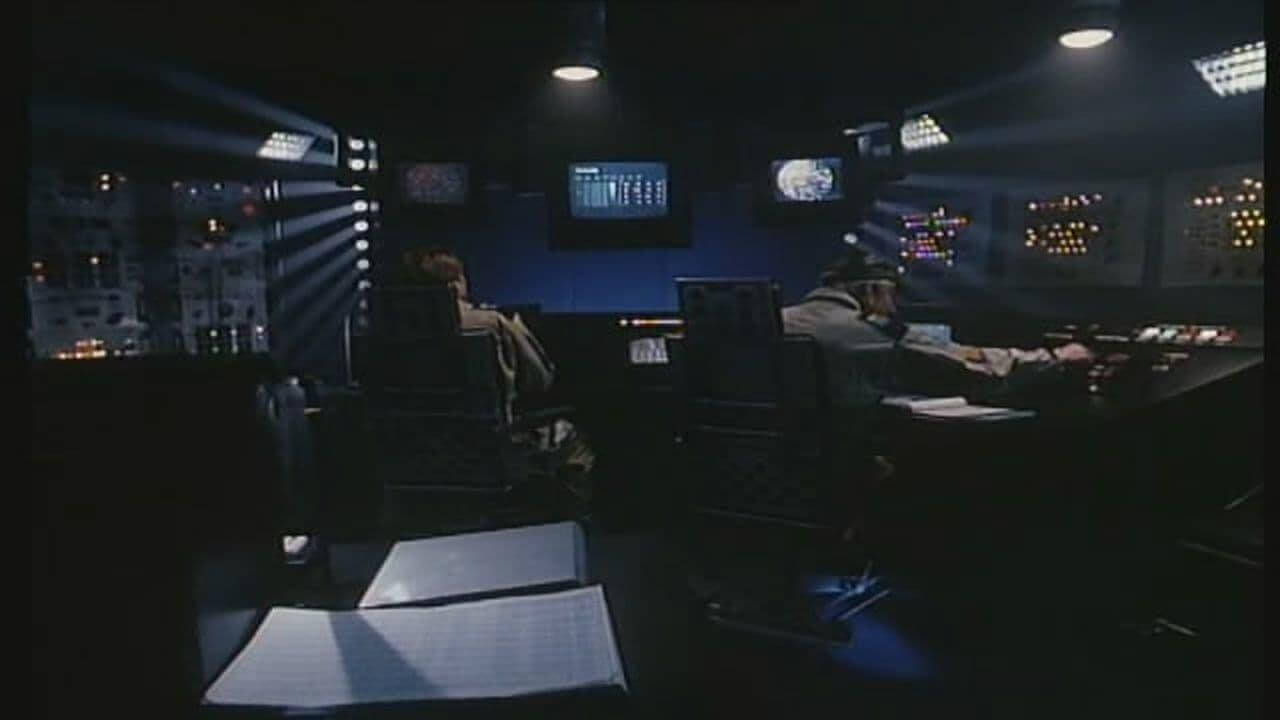
The director of The Dark Side of the Moon showed considerable consistency here. His production – devoid of fancy special effects – aims for atmosphere. The story unfolds in a dark, claustrophobic ship, fortunately not looking like a piece of cardboard. The rooms are tight and devoid of shiny panels or computers resembling a playing cabinet. The corridors are narrow, and space outside the window is bleak. The shots look solid – it’s realistic, and the screen is immersed in blacks and grays. You can almost feel the growing cold on the spaceship.
Against this backdrop, we witness the struggles for the lives of a few people. No one is joking, everyone is afraid. The reactions of the crew resemble the behavior of the characters in The Thing. They don’t trust each other, and their nerves are on edge. Acting-wise, it’s so-so, but the fear of the characters is conveyed to the viewer, so I consider the main goal achieved. Well, the main character bothered me a bit – the actor playing him looked like he was pulled from the set of Baywatch and somewhat “grounded” this smoothly functioning space. His face, adorned with a foamy soft rock star hairstyle, simply doesn’t fit into the interior of the spacecraft.
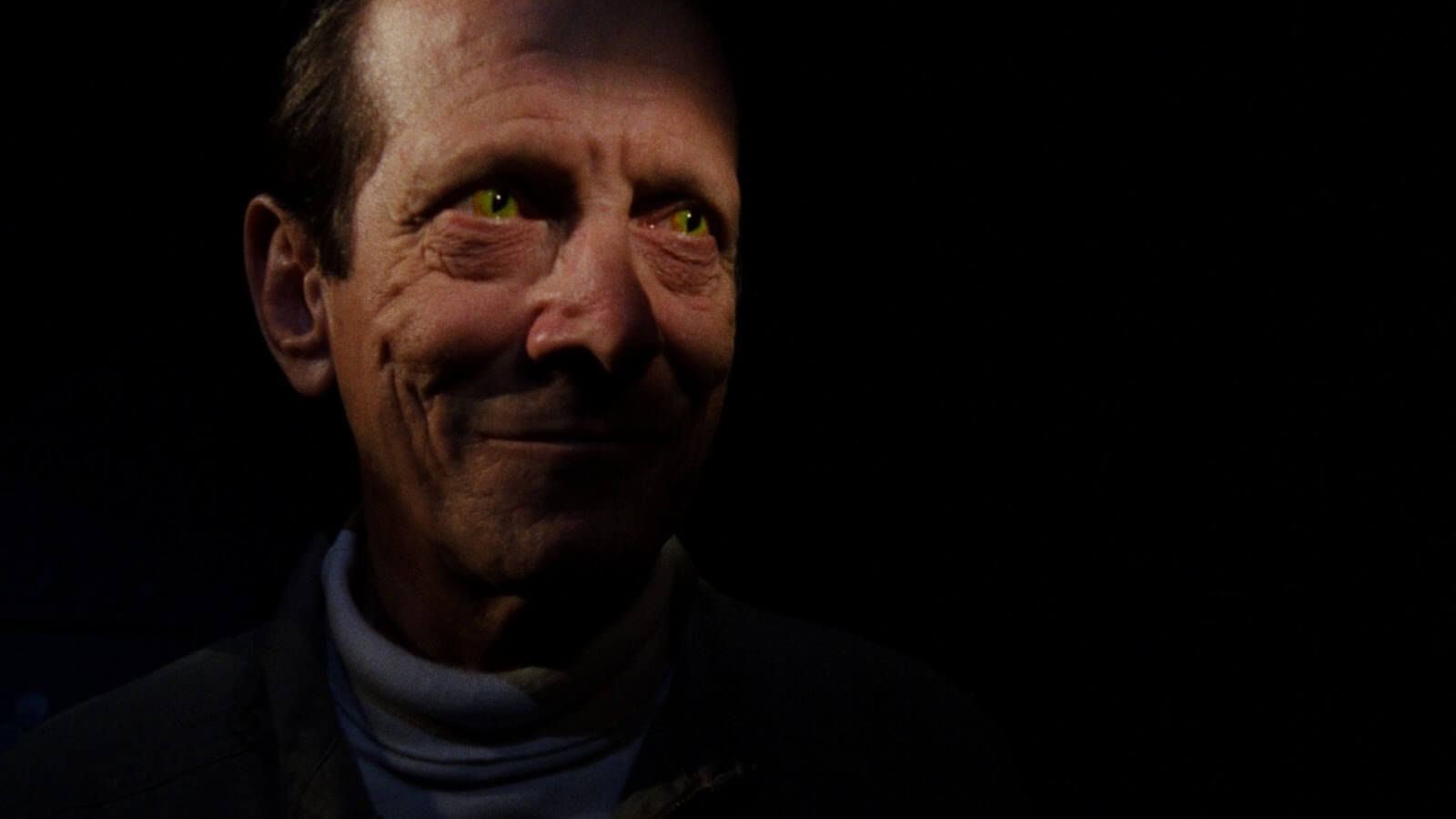
You might also have some reservations about the character Lesli, a female android with functions similar to the computer Mother from Alien but possessing inappropriately sexy body. The character stands out on the screen, but the writers didn’t have an idea for a meaningful use of her presence. It’s a pity because Lesli is intriguing.
Fans of cinematic classics will probably spot Joe Turkel (Tyrell from Blade Runner and the bartender who served Jack Nicholson in The Shining), and serial fans – John Diehl from Miami Vice. However, the cast consists mainly of actors we don’t know or know but don’t know from where. The plot contains elements known from The Thing or Alien, but it is not their copy. In fact, it’s a quite original story, processing these classic motifs and mixing them with fresh additions.
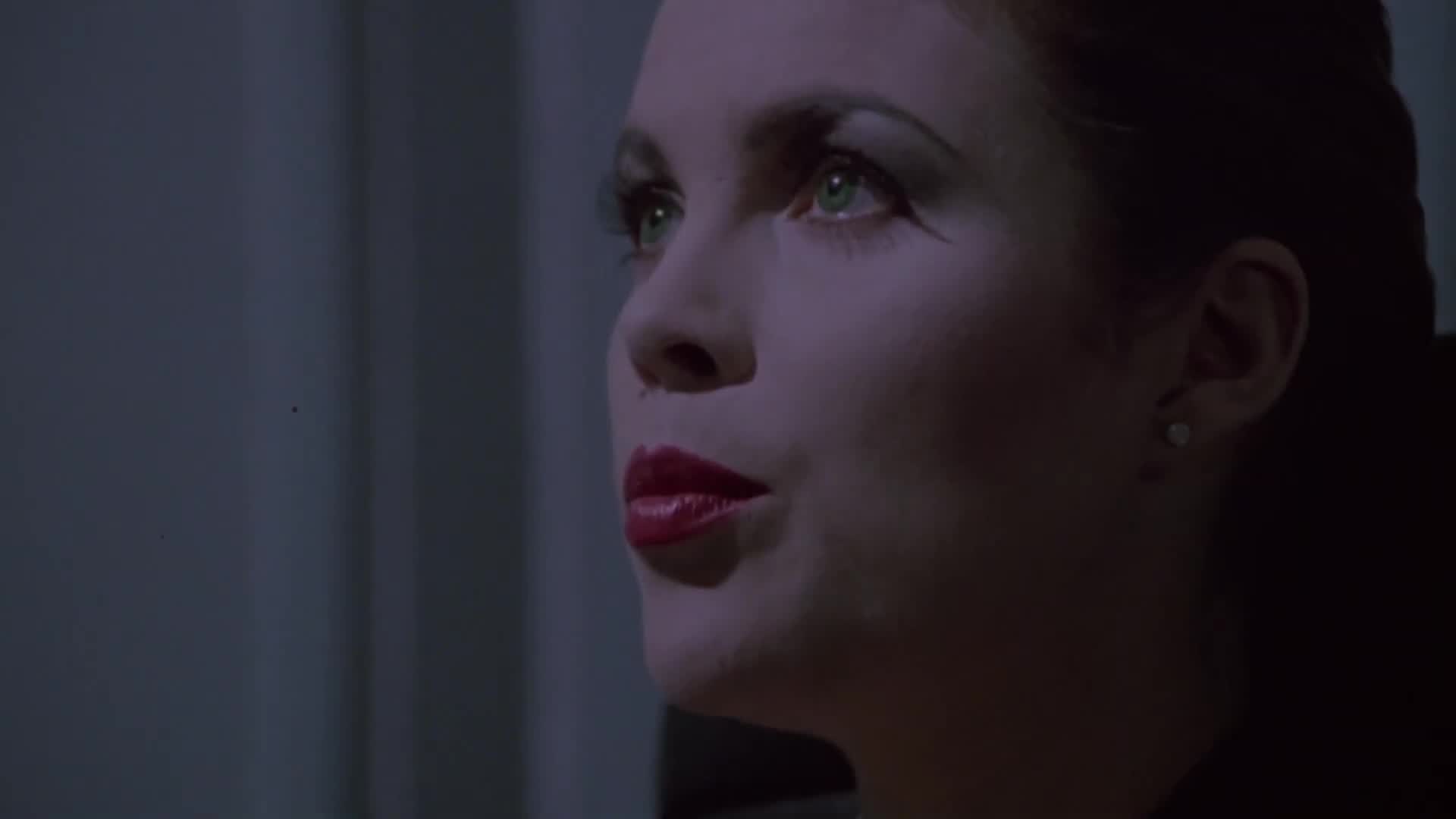
It’s about the devil who not only gets on board Spacecore 1 but also penetrates into other people, undermining trust in the group. Webster – seven years before Paul Anderson’s Event Horizon – proved that combining satanic themes with cosmic high-tech can yield interesting results. He managed not only to convey the desperation of people drifting in a vehicle visited by the highest evil but also made the evil itself – although it has yellow eyes and speaks with a metallic voice from another dimension – not start to amuse us. And it makes space even colder and more inaccessible, and all human technology and knowledge – useless. I won’t reveal any more surprises.

This devil may not scare, but it unsettles. The same can be said about the entire film. We have a modest picture here. You won’t find scenes with zero gravity or spectacular fights. Webster also didn’t foresee the flaunting of macabre elements like the hell shots from Event Horizon. If there’s some “fluff,” it’s not too sharp. The Dark Side of the Moon also has its nineties dynamics, which involves a fairly long exposition before the plot takes off. The camera isn’t rushing anywhere, and the music seems both completely average and fitting. The devil lies primarily in the atmosphere, and this film is saturated with it.
The Dark Side of the Moon is nothing big, but I found an interesting connection here – cosmic cold and the smell of sulfur, encapsulated in one and the same cassette, tempting with a modest but mysterious cover.

